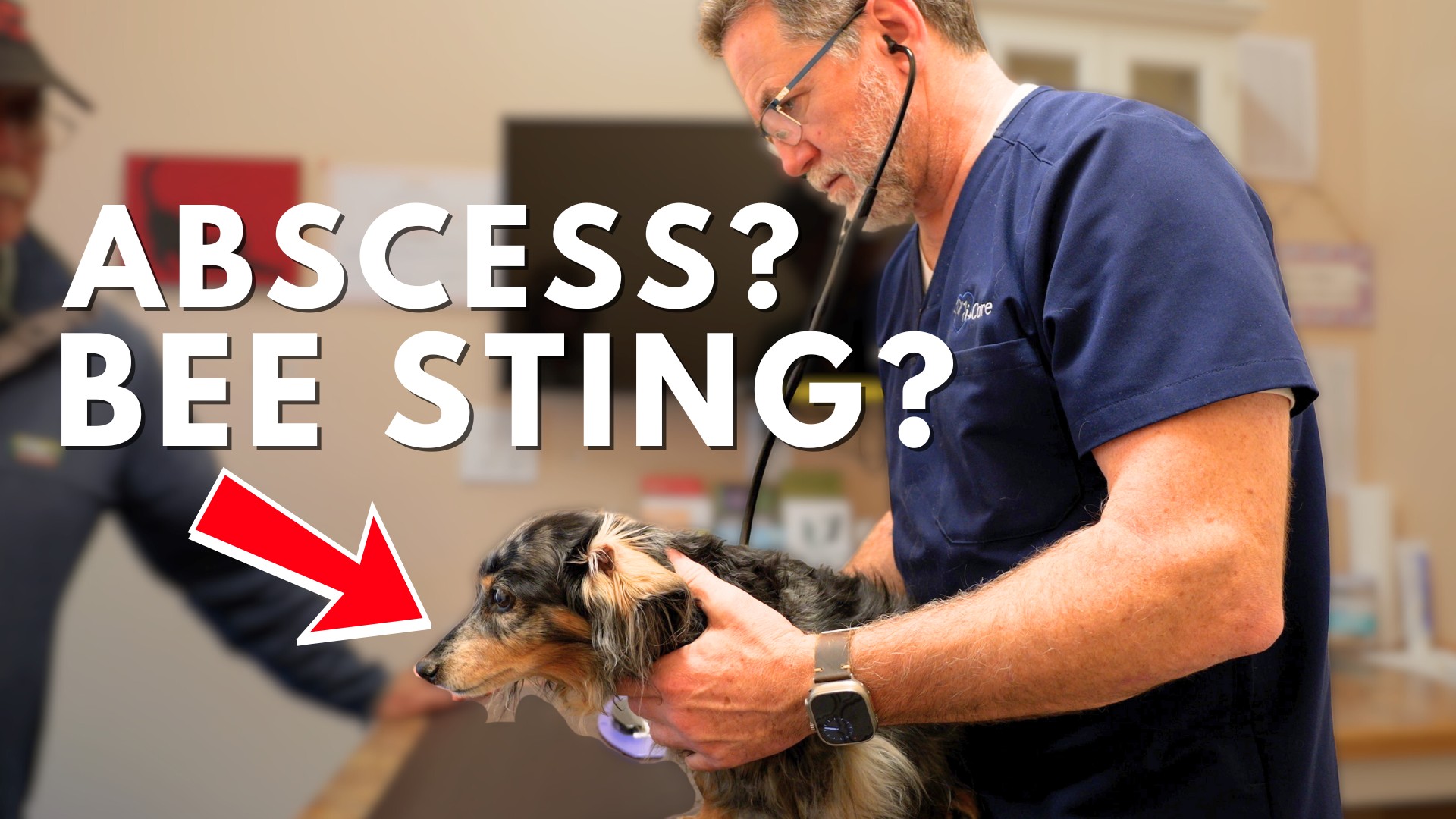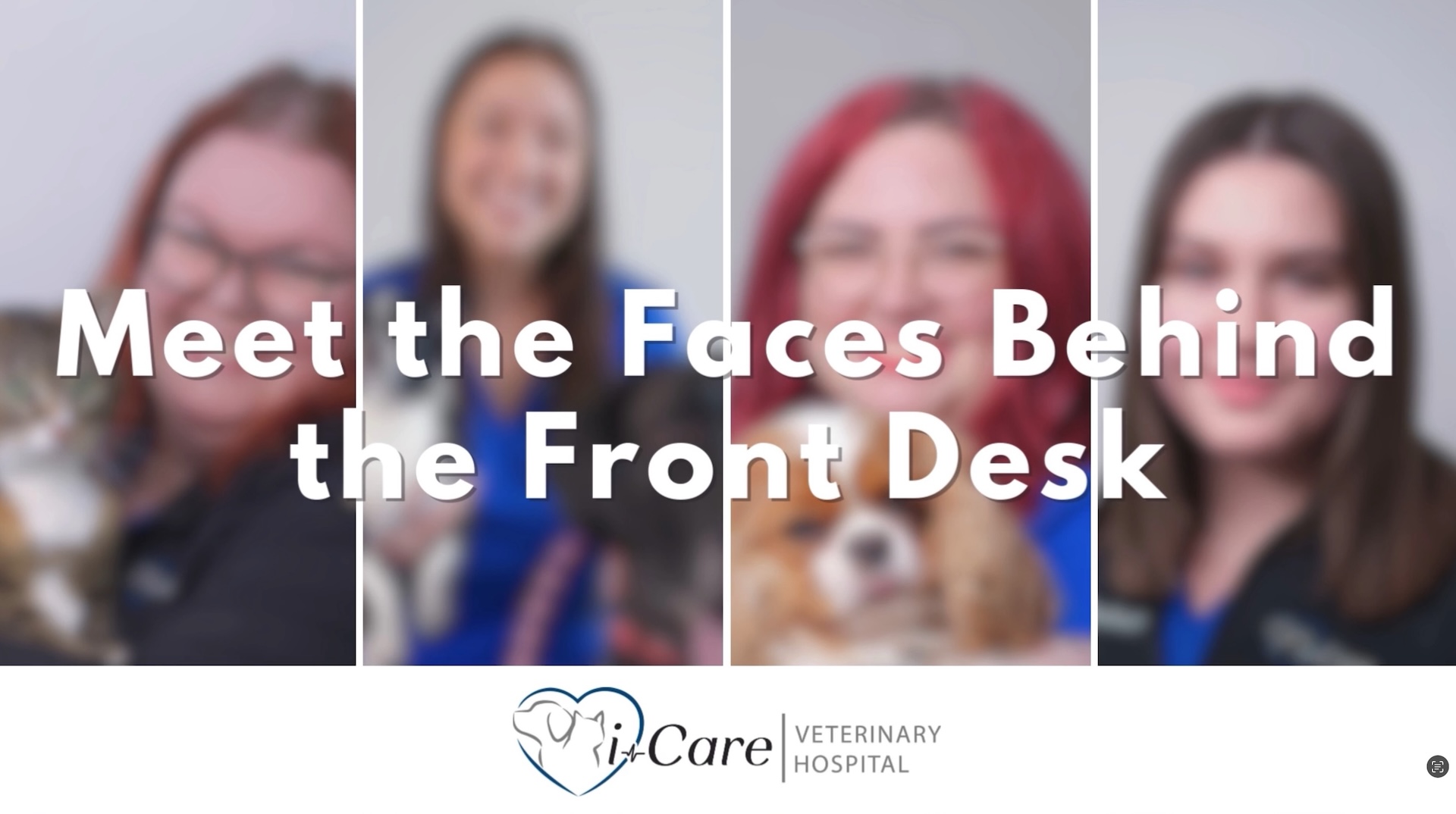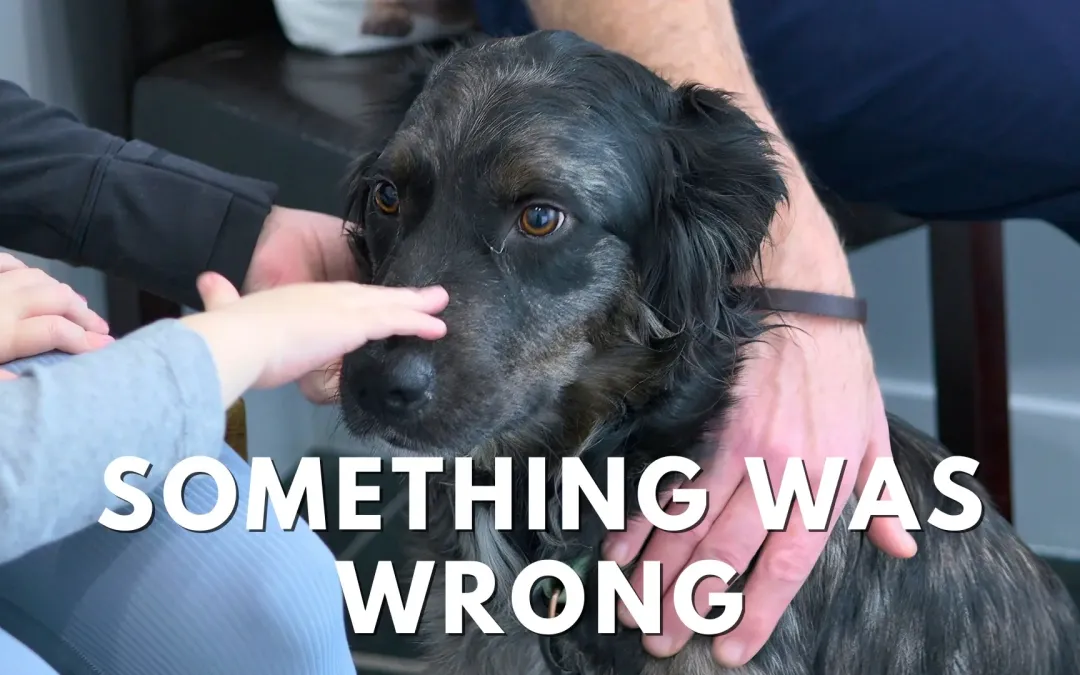12 Jun Is It a Tooth Abscess? When to Worry About Swollen or Discoloured Teeth in Senior Dogs
At i-Care Veterinary Hospital, we often meet pet parents worried about something unusual in their dog’s mouth, like a swollen gum or a darkened tooth. And we get it! Dental changes in dogs can be subtle but may point to underlying problems, including tooth root abscesses or trauma. One of our recent patients, a sweet 13-year-old dog named Heidi, was visiting Coombs with her family when her owners noticed something off. One of her teeth looked darker than usual, and the gum around it seemed swollen. They also mentioned the swelling had gone down and then come back, which had them wondering if it could be a bee sting or maybe something more serious, like a tooth root abscess. https://youtu.be/tv37_wNynkk What Is a Tooth Root Abscess? A tooth root abscess is an infection that forms at the base of a tooth, often due to gum disease, trauma, or decay that allows bacteria to reach the root. It can be painful and sometimes causes swelling in the mouth or face, reluctance to eat, or bad breath. But not all signs point clearly to an abscess, and that was exactly the situation with Heidi. What We Found: A Careful, Conservative Approach Dr. Westcott gave Heidi a thorough exam and noted something important. Despite the discoloured tooth and gum swelling, Heidi wasn’t acting like she was in pain. She was still eating and drinking normally, and her behaviour hadn’t changed. Given that, and the fact that the swelling had come and gone, Dr. Westcott felt it was unlikely to be an active abscess. Instead of rushing into dental surgery, he prescribed a course of antibiotics to help with inflammation and any low-grade infection that might be present. Because Heidi had no history of kidney issues, it was safe to start her on medication and monitor for any changes. Her family left the clinic feeling reassured, knowing that: Heidi was stable and not in immediate danger. Extraction might still be needed but could likely wait until they were back home. If anything changed while they were in town, i-Care would be ready to help. Why It’s Always Worth Checking Even when your pet seems fine, it’s worth investigating any dental changes, like a dark tooth, red or swollen gums, or unusual mouth odours. Dental pain in dogs can be subtle, and catching issues early can prevent serious infections or tooth loss. Final Thoughts Heidi’s visit reminds us that not every concern is an emergency, but every concern...










